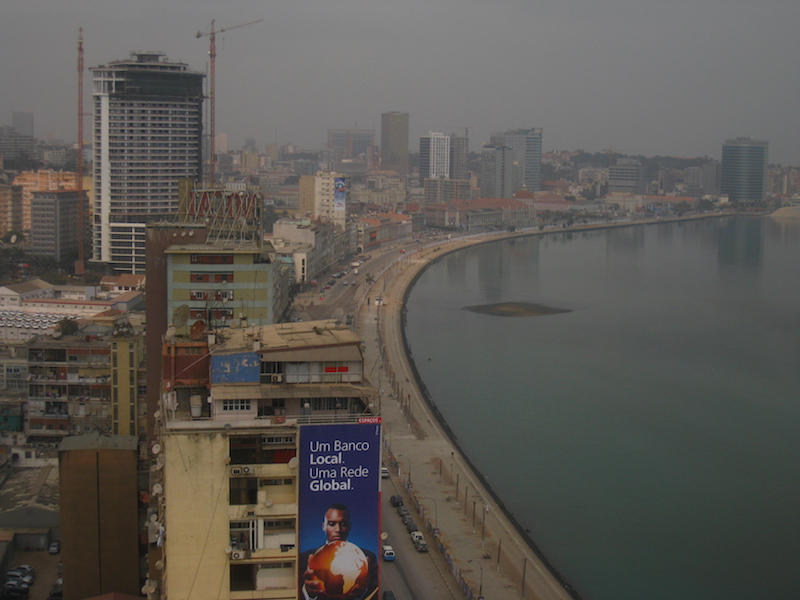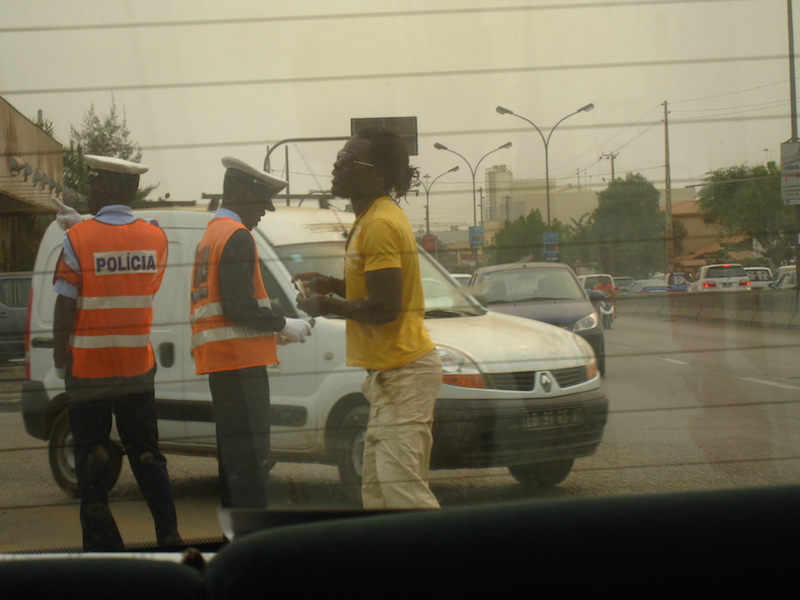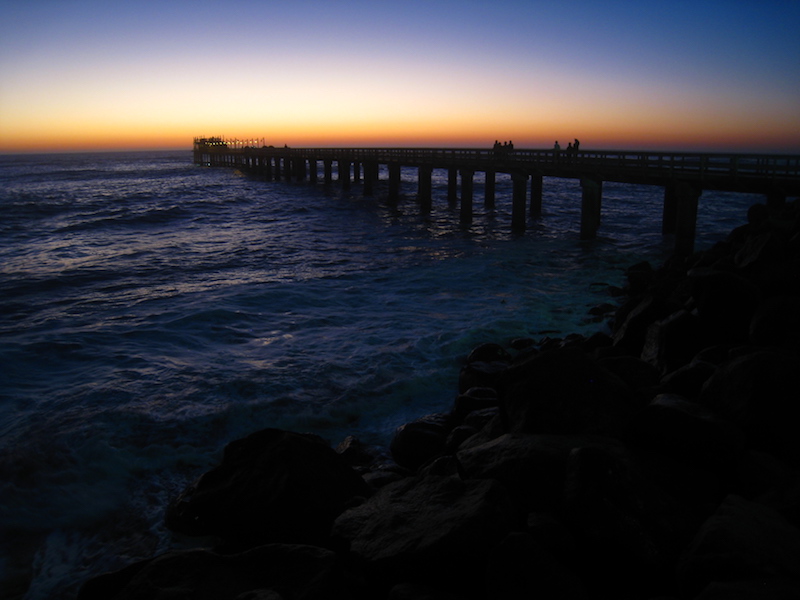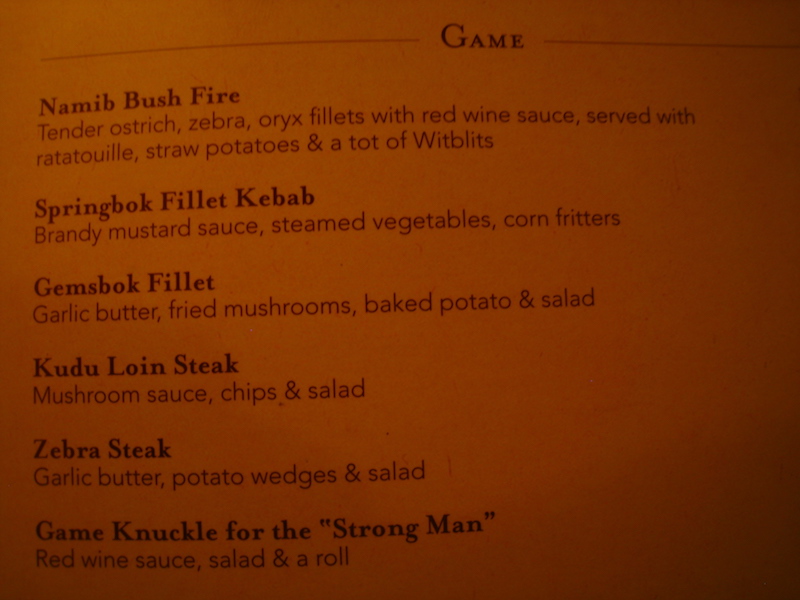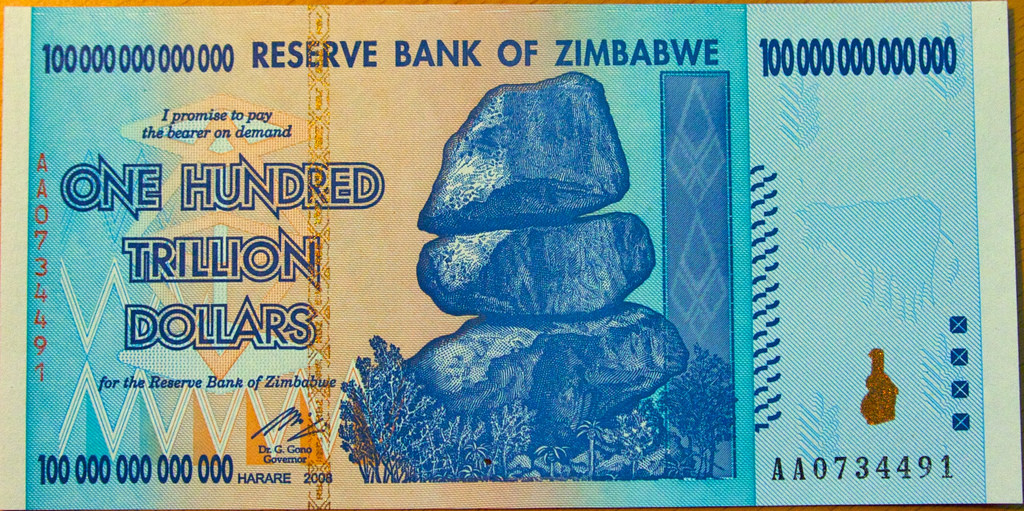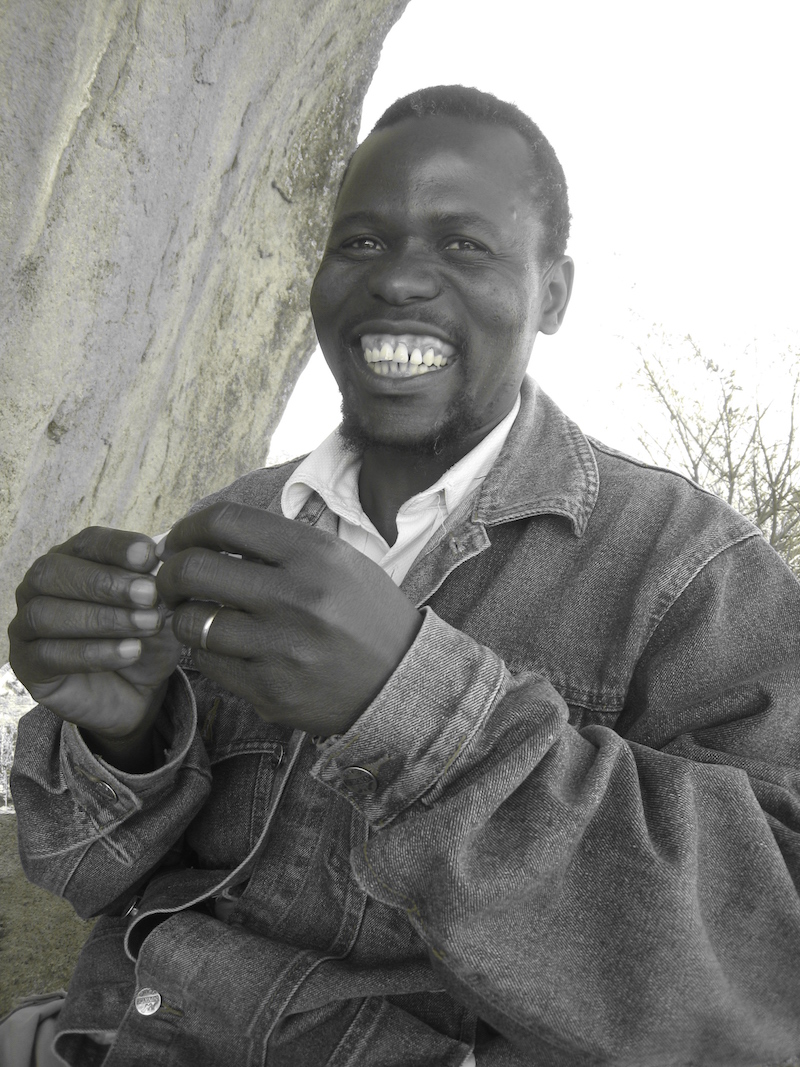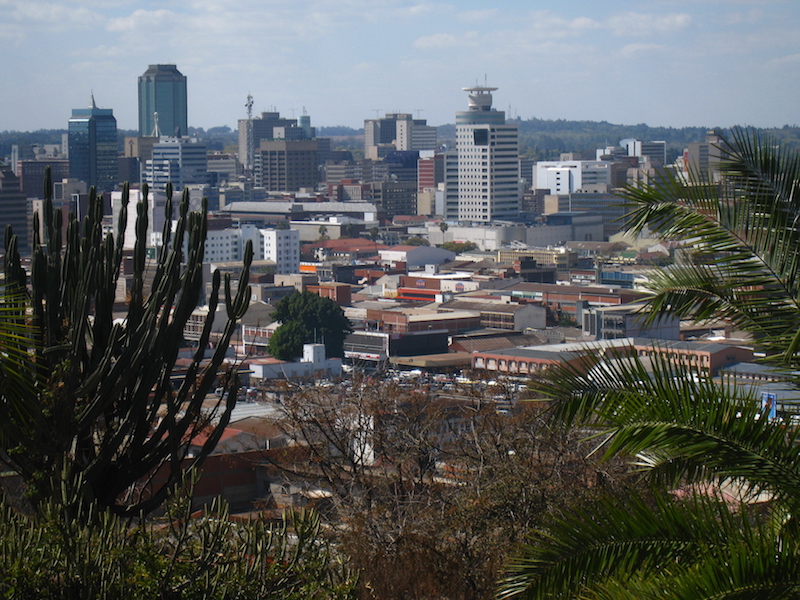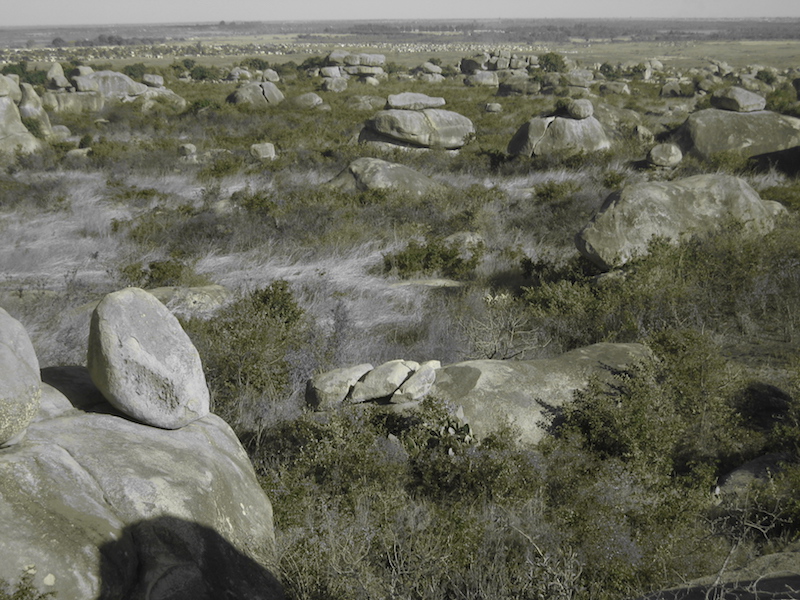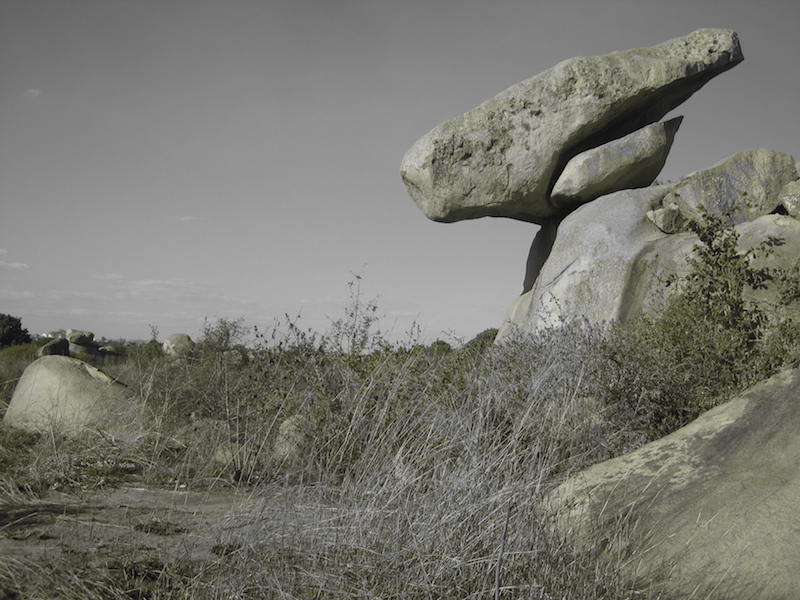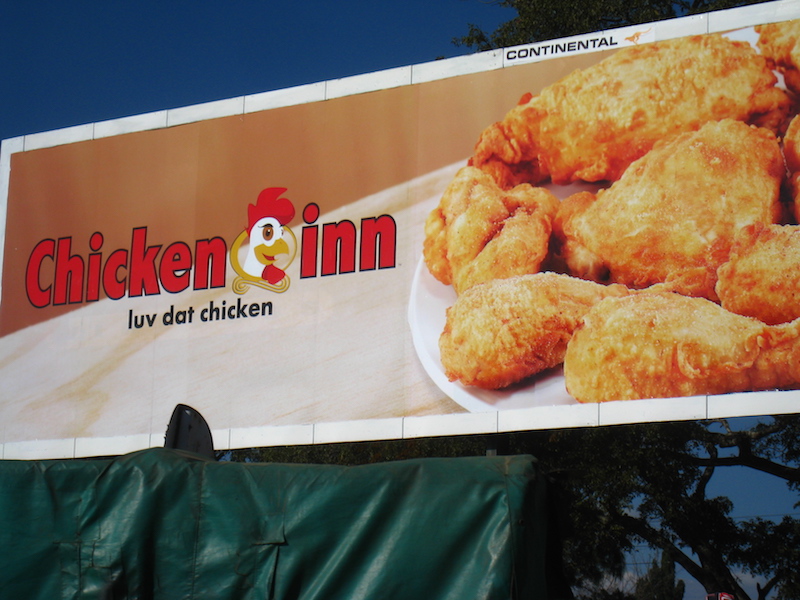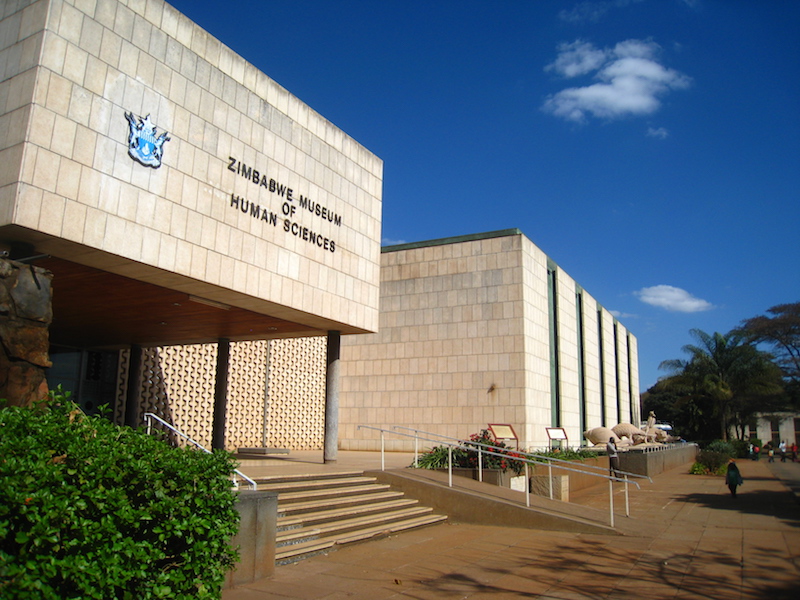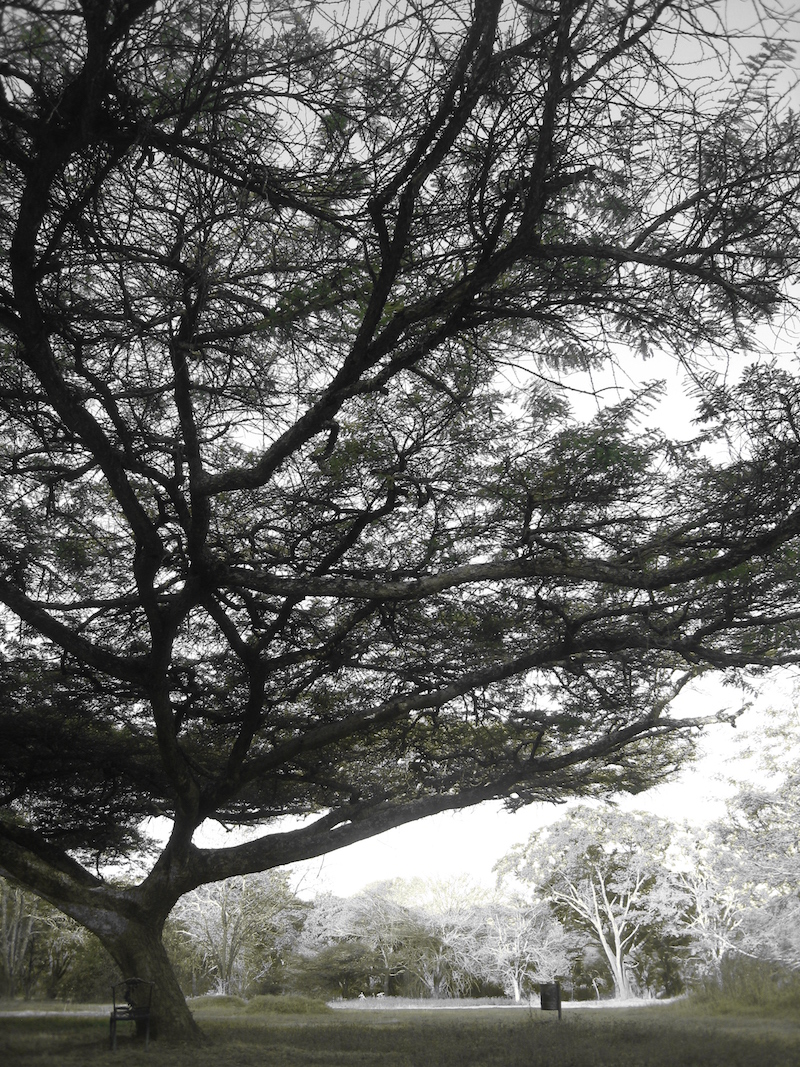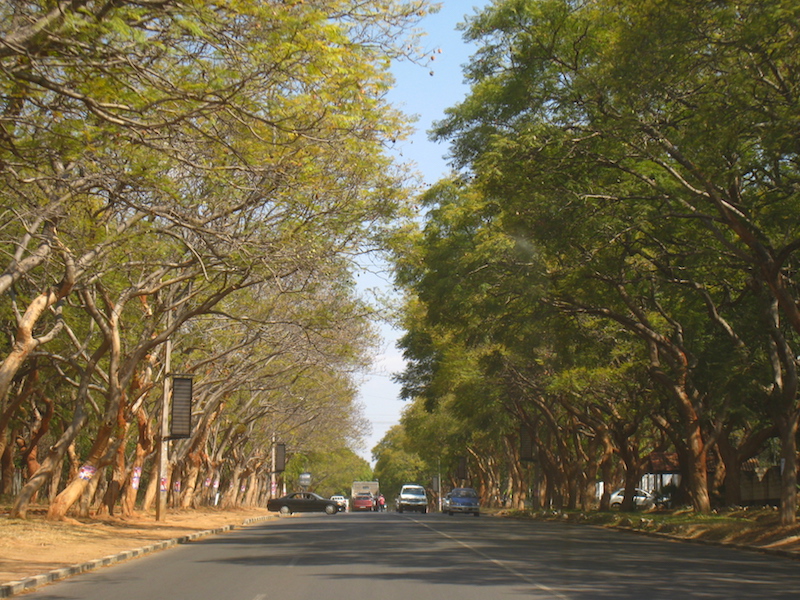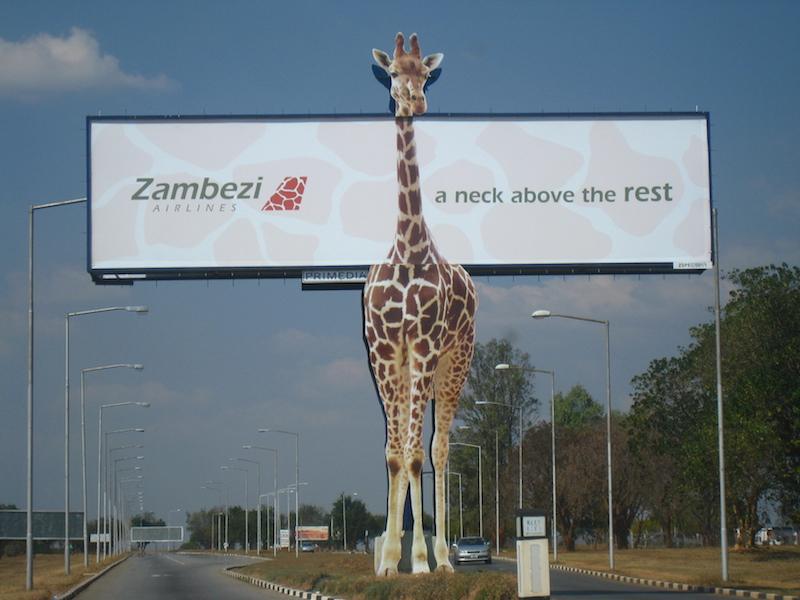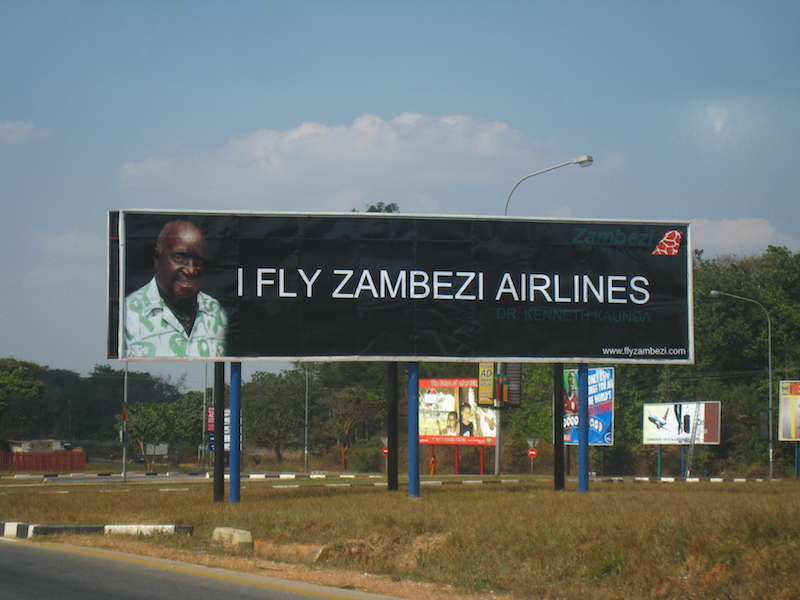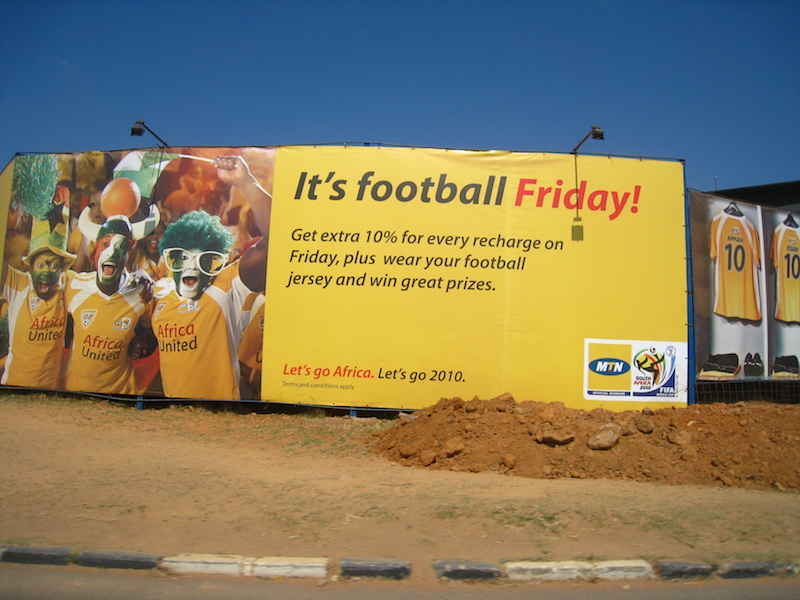And jet lag strikes again. Even though I’ve been on the road for over a week, my body is still slow to adjust to the 12-hour time change. I have to say, despite the bouts of fatigue each afternoon (and, as a result, sleeping through dinner), it’s kind of nice being wide awake so early in the morning. No coffee necessary!
Over the next few weeks, I will be traveling through Singapore, Malaysia, Bangladesh and Thailand in search of prices of items like spark plugs, women’s undergarments and iodized salt. Exciting stuff, folks. I still can’t believe I get paid to do this.
Before I write about my first destination this trip–the tightly regulated, gastronomic paradise of Singapore–I’d like to give a few shout-outs to some of the people I’ve been fortunate enough to meet in Boston over the last couple of months:
- In the final leg of an all-you-can-fly Jet Blue trip, Sean Ogle took me up on an offer to host him for a long weekend. Sean is an interesting guy–after quitting his job as an investment analyst, he moved to Thailand for several months to hook up with the guys at TropicalMBA.com. He has since moved back to Portland, Oregon and recently launched a product of his own, Overcoming the Fear of Uncertainty. Sean, great to meet you and pick your brain. Next time you feel like a round of parkour, give me a call.
- Nate Damm came down from Maine that same weekend. Nate, a long-time friend on the Interwebs, joined me for a killer hike in the White Mountains earlier in the summer. In March, Nate will take off on an epic journey and walk across America. Nate, you’re a legend-in-the-making. Hope I can join you for part of the walk!
- Elisa Doucette, a comrade of Nate’s in Maine, also came down and hung out for a day. She is a freelance writer and dare-I-say hilarious person to have around. Elisa, when you’re ready to romp around the jungle gym, you know where to find me.
- Nate, Sean and I were fortunate enough to spend a night out with Shannon Whitehead, a socially-minded entrepreneur who, just last week, left for Latin America to set up her own fair-trade clothing business. Shannon, look forward to following you and Kristin’s updates from Guatemala and Nicaragua!
- Joining Sean, Nate, Shannon and myself were Matt Kepnes (AKA Nomadic Matt) and Kate McCulley (AKA Adventurous Kate), two world travelers from the Boston area. Great to meet both of you in the flesh. Next time you’re in town and feel like a night of dancing and tequila, you know how to reach me.
Nice to hang out with all of you! I trust our paths will cross again.
Singapore
Things to know about Singapore; it’s hot. It’s very, very hot. It’s an ultra-modern, ultra-convenient city with an absolute minimum of social problems. They’ve figured out everything here. No traffic, no litter, no drug problem, no violent crime. I mean, it’s a kind of benevolent, kooky, neo-totalitarian thing going on here. I’m an all-time Lefty, and yet, I’m ashamed to say this..I kind of like it here.
Anthony Bourdain, No Reservations
When my colleague and I landed in Singapore, a faint-white haze hung high in the air. Seasonal bush fires in Indonesia will sometimes yield that effect, I was told. This particular smoke was coming from a forest fire in Sumatra, hundreds of miles away.
Singapore, relative to the region, is like an Asia-for-beginners. The streets and lawns and buildings are immaculate. Taxis are everywhere, and prices are posted and tightly monitored. Orchard Road, one of Singapore’s main tourist attractions, is flanked by multiple mega-malls and international chains like Starbucks, Borders and 24-hour McDonald’s. It’s a shopping playground. 42% of the population is foreign workers. English is the dominant language. Singapore’s market-based economy is one of the most open, innovate and business-friendly in the world.
And did I mention the food?
Chinese, Malay and Indian cuisines. Ambrosial spices and noodles and strange, exotic combinations of seafood and local fruit and curry sauces. Here were my favorite dishes:
Char Kway Teow. A heady mixture of flat rice noodles, eggs, prawns and cockles. Sweet, salty, crunch and chewy.
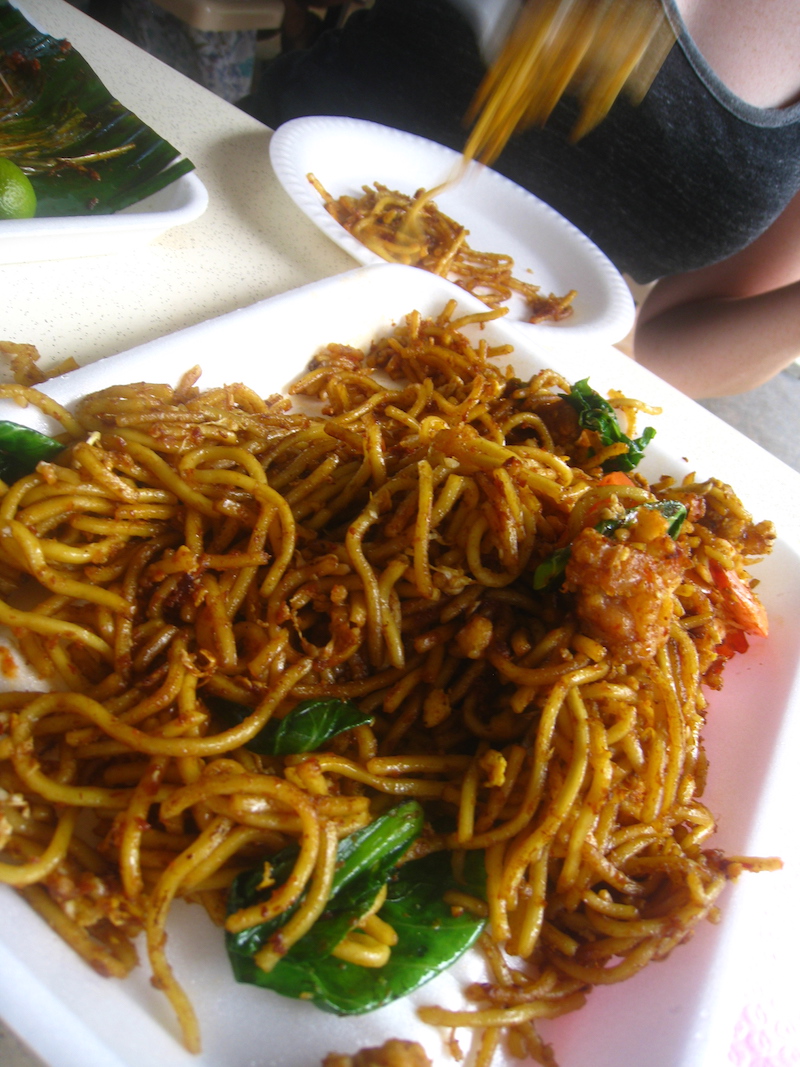
Laksa. Smooth rice noodles in a robust spicy gravy, topped with prawns and cockles. A Malaysian specialty.
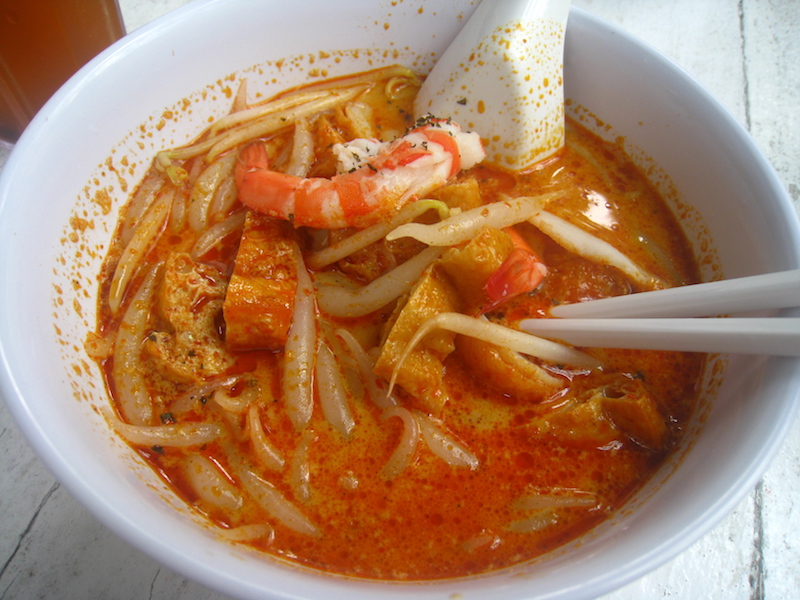
Barbecue Stingray. Stringy in texture, and tasting like a kind of weak chicken. You know, the one that was always picked last in gym class. Quite tasty, though.
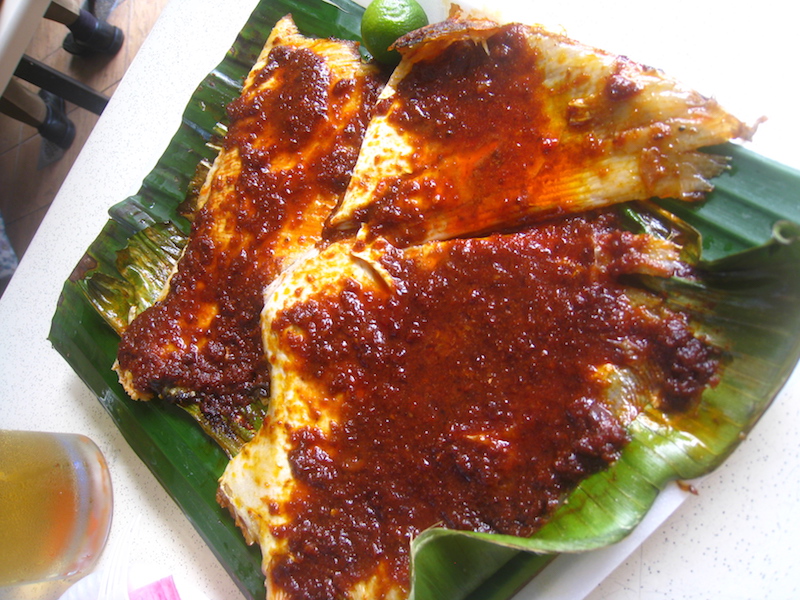
Crazy Laws
You can’t sell chewing gum in Singapore. It’s illegal. So is bungee jumping, peeing in an elevator and pornography. Oh, and don’t spit, feed the birds or forget to flush the public urinal. You might get fined.
Are these the kind of laws that help foster such a clean and “staunchly non-corrupt” society? I wonder.
Interestingly enough, in the four-odd days I spent wandering Singapore’s streets, I can’t recall seeing a single police officer. The system is so effective, it governs itself!
